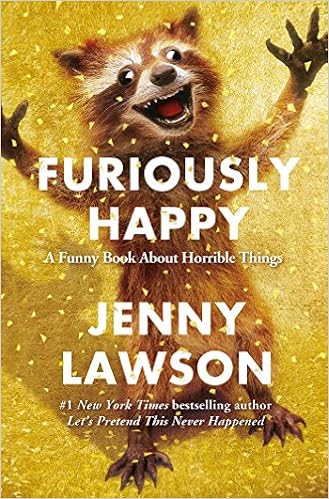The Devil in the White City by Erik Larson
“The Devil in the White City” is the story of two men who never met, but both had a fascinating story: One was the director of the Chicago World’s Fair of 1893, and the other was a seductive serial killer in his mid-twenties.
This book is completely nonfiction, but as the author points out in the preface, everything – no matter how macabre or bizarre – is true. Pages and pages of notes and bibliographic entries fill the end pages of the book, which lends credibility to the author’s statement.
A boring history lesson this is not. The author tells the two stories in alternating chapters, and I found myself very interested in both of them. The story of Mr. Burnham, the fair’s director, was fascinating, and even though a reader might already know that the fair happened and was ultimately a success, the story reads with drama and excitement. The other story, that of H.H. Holmes, was also compelling for completely different reasons. Holmes’s story was mysterious, dark, and creepy, and was juxtaposed perfectly with Burnham’s.
The book reads like fiction, which makes the history come alive. I found myself wondering how I’d not learned more about the events in the book from history classes in school – a lot of current technology and inventions originated at the Chicago World’s Fair, such as the mass use of light bulbs, shredded wheat cereal, and even the Ferris wheel. The behind-the-scenes of the fair and its creation and execution are told wonderfully, and the author really conveys the frustrations of Burnham and his conflicts with other architects, artists, the government, and dangerous working conditions.
The author also does a great job at telling the story of the murderer Holmes without too much sensationalism or melodrama. Holmes was charismatic and friendly and could sweet talk anyone. It was this exterior that makes his true self even creepier. Holmes built an apartment-turned-hotel only blocks away from the fairgrounds with airtight rooms and vaults, gas chambers, a crematory, and vats of acid hidden in the walls between rooms, in closets, and below ground. His methods were precise and exact, and nearly untraceable.
If you love historical nonfiction, you’ll love to learn more about the period of American history when everything was changing. If you don’t love to read history, you will still likely enjoy the story of these two men, as well as learn a little in the process.
The book itself contains some pictures from the fair, which are great to see. The audiobook has a great narrator as well. I learned a lot about American life and history in the 1890s from this book, and enjoyed reading the exciting tale of the fair and the creepy story of America’s first serial killer.
There is some disturbing content due to Holmes’s murders, but nothing too gory or descriptive is presented.
Give this book a shot, you’ll be glad you did!









